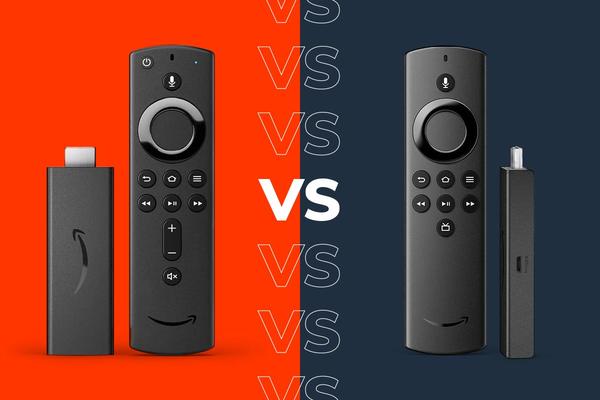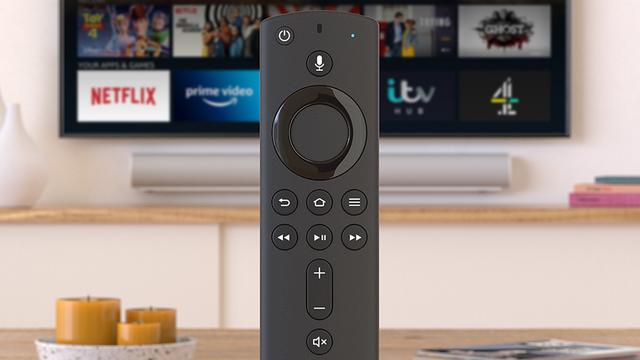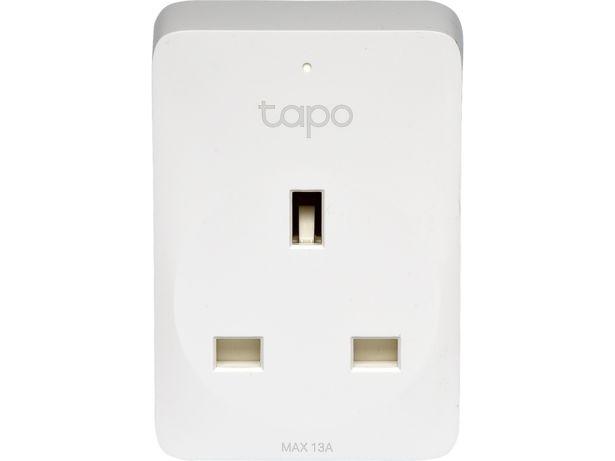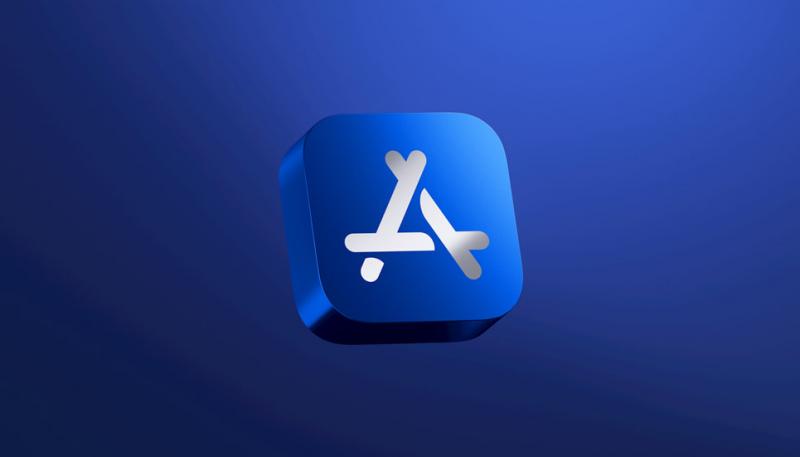Amazon Fire TV Stick Lite vs Fire TV Stick (3rd Generation) vs Fire TV Stick 4K: which is best?
So, you want to fill your TV's video streaming app gaps and the Amazon Fire TV Sticks are cheap and look great. Problem solved, right? Hang on, though; there are three of them. Why are there three of them? More importantly, which is the best one?
In truth, there's not a whole lot to separate these streamers, but it's well worth taking a moment to familiarise yourself with the differences so that you get the best performance possibly while not spending more than you need to.
Amazon Fire TV Stick Lite vs Fire TV Stick (3rd Gen) vs Fire TV Stick 4K: design
Being streaming sticks, all of the Fire TV Sticks look very similar. Each one is a bit bigger than a pack of chewing gum and plugs into your TV's HDMI port.
They're all quite chunky, though, and can get in the way of your other HDMI sockets. Hence, Amazon has bundled an HDMI extender in the box – plug your Fire TV Stick into this and it shoudn't block access to any other ports.
The standard Fire TV Stick and Lite version are a little shorter in length than the 4K model but, otherwise, they're nigh-on identical in terms of design.
The Lite's remote has fewer buttons (no TV controls for power or volume) than the 4K Stick version. The remote with the 3rd Gen model, meanwhile, has recently been replaced with an updated version. It has the same basic controls as the remote that comes with the 4K stick, but it has a redesigned and now blue Alexa button at the top, some streaming service shortcuts at the bottom and a TV guide button.
Whichever model you buy, the remote boasts a simple, elegant design that's much easier to use than most TV remote controls.
Amazon Fire TV Stick Lite vs Fire TV Stick (3rd Gen) vs Fire TV Stick 4K: features
Let's start with the top model. What can the Amazon Fire TV Stick 4K do?
As the name suggests, 4K is the headline feature. That means that as long as you have a 4K TV, you can stream movies and TV shows in Ultra High Definition. 4K-compatible apps include Amazon Prime Video, Netflix and Disney Plus so you won't be short of things to watch.
The Fire TV Stick 4K also supports HDR (high dynamic range) content. This enhances the difference between the light and dark parts of the picture, increasing the number of gradual 'steps' between and making the image punchier and more lifelike. In terms of HDR format support, the Fire Stick 4K covers Dolby Vision, HDR10+ and HLG.
On the audio front, it supports Dolby Atmos, which can give you a greater sense of immersion compared to standard Dolby Digital 5.1. You will need a compatible Dolby Atmos soundbar or home cinema system, though.
Voice controls are enabled through the Alexa Voice Remote – speak into it to find something to watch, play, pause, and so on. It can also act as a control hub for your smart home devices like heating and lighting. And it comes with the usual complement of apps like BBC iPlayer, Netflix, Prime Video, YouTube, Now, ITV Hub, All 4, Disney+ and Apple TV.
The Fire TV Stick with Alexa Voice Remote (sometimes called the Fire TV Stick 3rd Generation) offers the same basic feature set, but only streams in HD, not 4K. You do still get HDR support (excluding Dolby Vision), and Dolby Atmos is still available too.

The Fire TV Stick Lite loses a few additional features. It still streams in HD, with the same HDR support as the mid-range stick. And it still uses voice controls through the Alexa remote, but it lacks TV control buttons. That means you'll need to use a separate remote. It also can't decode Dolby Atmos but can passthrough the 3D audio codec streams for another device.
All three models sport 8GB of storage, which should be plenty given that you'll be streaming content rather than storing it locally on the device. Though you can download games to them if you want.
They also now all come with the latest Fire TV OS with the Fire TV Experience UI. It brings a better look and feel, simpler navigation, access to the Amazon Kids service and up to six user profiles per household.
Amazon Fire TV Stick Lite vs Fire TV Stick (3rd Gen) vs Fire TV Stick 4K: picture and sound
4K content is much sharper and more detailed than HD – that's because you're seeing more pixels crammed into the same space. A 4K picture has a resolution of 3840 x 2160 pixels, whereas HD is limited to 1920 x 1080. Because both vertical and horizontal axes pack twice as many pixels, 4K offers four times the resolution of HD.
So you can, quite literally, see where your money goes if you spend the extra on a Fire TV Stick 4K.
In our Fire TV Stick 4K review, we said the Fire Stick 4K produces "a really sharp and detailed image" that is "terrifically bright and vibrant, too". It's not quite up there with the likes of a quality 4K Blu-ray player, however, due to a touch of judder and a lack of bright detail. Nevertheless, "this is a really impressive picture that far surpasses the prevailing stick standard".
It's impressive sonically, too. Dolby Atmos provides "room-filling sound with excellent placement of effects and real weight and drama". It plays well with 5.1 and stereo, too, producing "clear, fairly detailed and spacious sound regardless of the format". High praise.
The standard Fire Stick performs well at its HD resolution, too. HDR provides "an enjoyable picture with an easy-to-watch balance between dynamism and subtlety", we wrote in our Fire TV Stick (3rd Gen) review, while SDR content is "a punchy effort with a lot of brightness and big contrast". In terms of sound quality, there's not much of a difference between this and the 4K model.
We haven't yet reviewed the Fire TV Stick Lite but, given that the only difference between it and the standard model is the lack of TV controls, we expect a similar level of consistency between the Lite and the standard model.
Amazon Fire TV Stick Lite vs Fire TV Stick (3rd Gen) vs Fire TV Stick 4K: verdict
There's stiff competition for the 4K streaming stick crown: there's the Google Chromecast with Google TV, the Roku Streaming Stick+ and, if you're happy to spend more, the Apple TV 4K (2021).
On a performance-per-pound basis though, it's tough to beat a Fire TV Stick. The only tricky bit is deciding which is best for you.
If you don't mind the inconvenience of using a separate remote for your TV/soundbar for power and volume, and you just want to add a layer of smart functionality to your current TV, the Fire TV Stick Lite should be fine. But if you want one remote to handle it all, then spend a little more and get the Fire TV Stick with Alexa Remote.
That said, in this day and age, with most people owning a 4K TV now or in the near future, we'd highly recommend the Fire TV Stick 4K. It has Dolby Vision support and the best picture and sound quality. It can often be found at a discount that makes the gap between itself and the 3rd Gen model negligible, too. Happy streaming!
MORE:
These are the best media streamers available right now.
Amazon Fire TV Stick 4K vs Chromecast with Google TV: which is the best TV streaming device?
Amazon Fire TV vs Roku: which is better?



